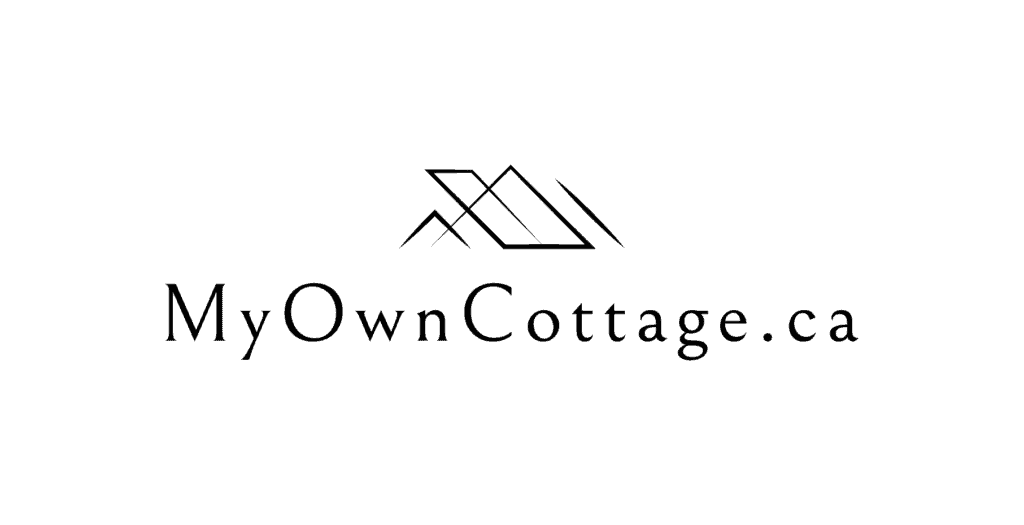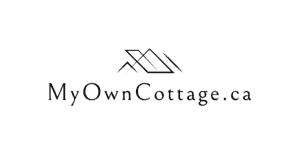Buying a modular home in Ontario is an exciting and practical way to achieve homeownership, offering modern designs and cost-effective solutions.
However, the process can seem overwhelming if you’re not familiar with the steps involved.
Whether you’re a first-time buyer or considering upgrading your living space.
Understanding the key stages—from selecting the right model to final installation—can help ensure a smooth and successful experience.
In this guide, we’ll walk you through the entire process!
Moreover, we’ll be providing valuable insights to make your journey toward owning a modular home as simple and stress-free as possible.

